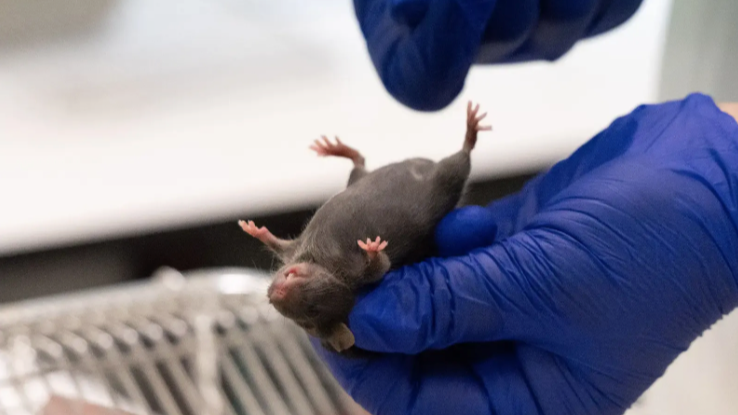Insights into mouth-stomach connection
- Gege Li
- Apr 15, 2024
- 1 min read
Updated: May 30, 2024

The development of the connection between the food pipe and stomach has been described in a study using mice and lab-grown tissues, paving the way for a better understanding and treatment of gastrointestinal diseases.
The research, led by the University of Würzburg, and also involving EARA members Charité Berlin and the Max Planck Institute for Infection Biology, all Germany, explored the point where the food pipe meets the stomach (called the gastroesophageal junction).
This is a region that can be susceptible to disease, such as cancer, due to triggers like stress, alcohol and obesity.
By tracking the individual cells of mice from before birth to adulthood, and with the help of lab-grown ‘organoids’ (derived from tissue from both mice and humans), the team demonstrated how the gastroesophageal junction develops at the cellular level, as well as how the cells communicate with each other.
This knowledge can then be applied to the study of diseases that start in or affect this region, which “opens up new avenues for research” into treating these diseases, said Cindrilla Chumduri (then at Würzburg and now at Aarhus University, Denmark).



